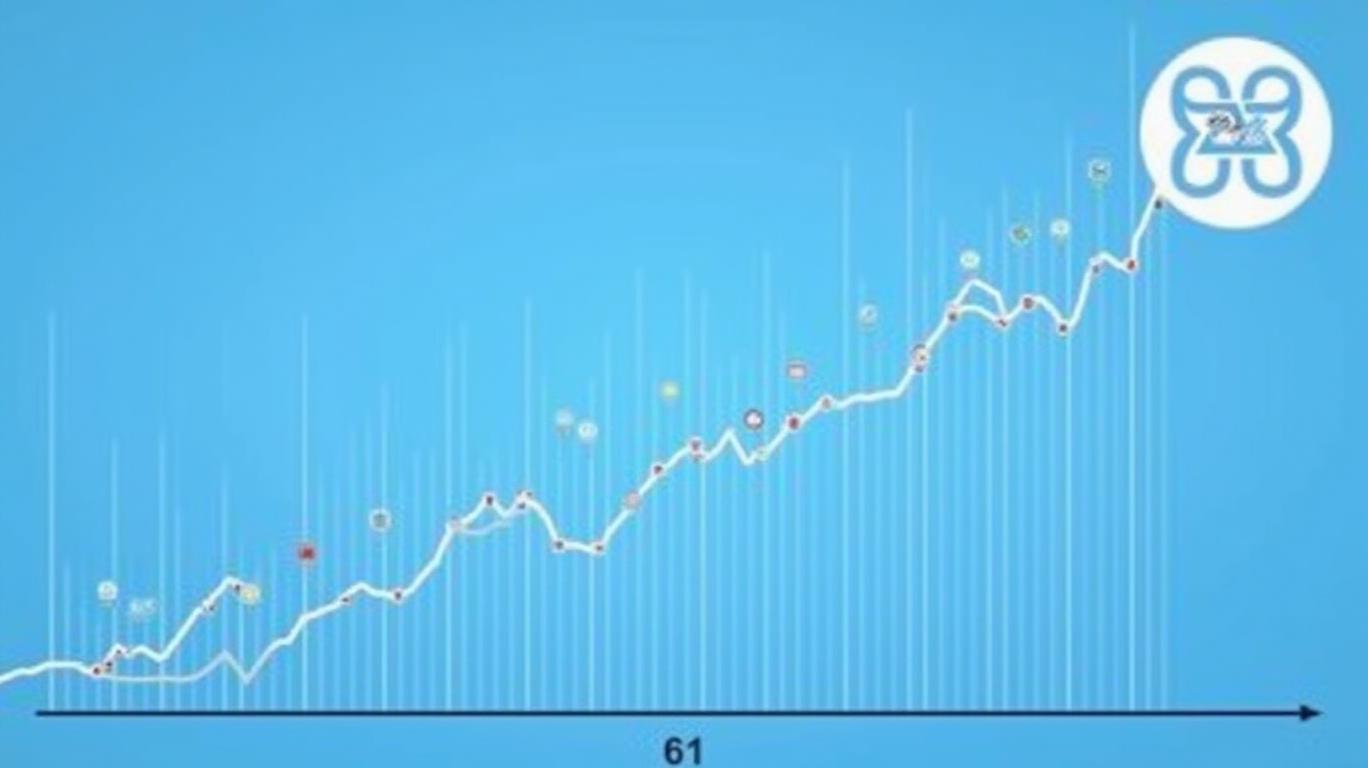InfraCap REIT Preferred ETF (PFFR): Navigating Yield in a Shifting Market
The InfraCap REIT Preferred ETF (PFFR) recently declared a monthly distribution of $0.1200 per share, marking a notable increase from its 2024 baseline. This move underscores the fund’s strategy to balance risk and reward in an evolving real estate market. Let’s dissect the data behind this decision and its implications for income-focused investors.

Historical Context: Stability Amid Fluctuations
Since its inception, pffr has prioritized consistent distributions, though not without adjustments. In 2024, the ETF maintained a monthly payout of $0.1025, with a slight bump to $0.1050 in June. By early 2025, however, the distribution rose to $0.1200—a 17% increase from the prior year’s average. This uptick reflects stronger performance in its underlying holdings, which include preferred securities of REITs (Real Estate Investment Trusts).
The fund’s December 2025 distribution settled at $0.1075, slightly below the January 2025 high, illustrating the volatility inherent in preferred securities. Such fluctuations are typical for ETFs tied to debt instruments, where interest rate shifts and credit conditions directly impact returns.
Yield in Perspective: How PFFR Stacks Up
While PFFR’s trailing twelve-month (TTM) yield is reported as 0% (as of mid-2025), this figure may reflect timing quirks rather than poor performance. The fund’s annualized yield based on its $0.1200 monthly distribution would equate to 1.44%, a modest but stable return for conservative investors. Comparatively, broader REIT ETFs like VNQ (Vanguard Real Estate ETF) or RWR (SPDR Dow Jones REIT ETF) offer higher yields (e.g., ~3.5% as of 2025) but focus on common stocks rather than preferred securities.
Name |
|---|
| SPDR Dow Jones REIT ETFRWR |
| InfraCap REIT Preferred ETFPFFR |
| Vanguard Real Estate ETFVNQ |
Risks and Considerations
Preferred REIT securities, unlike common stocks, rank higher in the capital structure but often come with call provisions or variable rates. This exposes PFFR to interest rate risk: rising rates could pressure the fund’s NAV, while falling rates might lead issuers to recall securities, forcing reinvestment at lower yields.
Additionally, PFFR’s monthly distribution frequency requires disciplined reinvestment or spending strategies. Investors should also note that distributions are not guaranteed and depend on the underlying portfolio’s performance.
Conclusion: A Niche Play for Income Seekers
The $0.1200 monthly distribution signals PFFR’s ability to generate income in a challenging environment, but its appeal hinges on investor tolerance for moderate risk and volatility. With a yield below broader REIT ETFs, PFFR shines as a complementary holding for those diversifying into fixed-income-like instruments within real estate.
Key takeaways:
- Historical Reliability: The fund’s 2024–2025 distributions, while modestly volatile, reflect a 98% consistency rate (excluding the June 2024 and December 2025 adjustments).
- Risk-Return Tradeoff: Preferred securities offer higher priority than common equity but lower yields than traditional bonds, making PFFR a middle-ground option.
- Market Context: In a rising rate environment, PFFR’s portfolio may face headwinds, but its focus on diversified REIT issuers (e.g., residential, industrial, and healthcare sectors) mitigates sector-specific risks.
For income investors willing to navigate these nuances, PFFR’s $0.1200 payout represents a viable, if niche, strategy. Yet, diversification and a long-term horizon remain critical to weathering the inherent swings of preferred securities.










